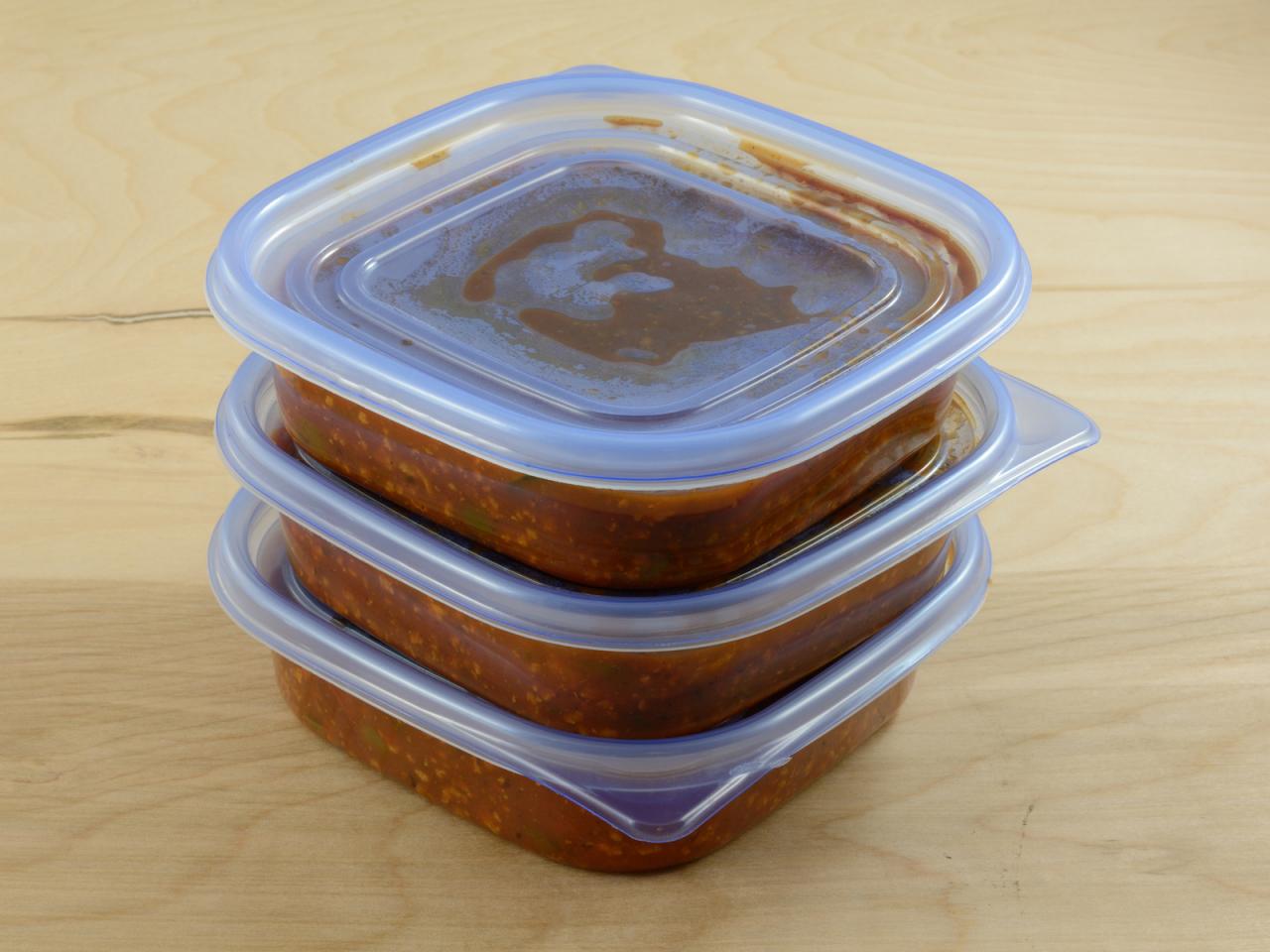

Articles
How To Store Sauce In The Freezer
Modified: December 7, 2023
Learn how to store sauce in the freezer with our helpful articles. Find tips and tricks for preserving your favorite sauces for future meals.
(Many of the links in this article redirect to a specific reviewed product. Your purchase of these products through affiliate links helps to generate commission for Storables.com, at no extra cost. Learn more)
Introduction
Welcome to our comprehensive guide on how to store sauce in the freezer. Whether you have a surplus of homemade sauce or simply want to be prepared for future meals, learning how to properly store sauce in the freezer can save you time and money. By freezing your sauce, you can extend its shelf life and have a convenient and readily available option whenever you need it.
In this article, we will explore the benefits of freezing sauce, considerations before freezing, a step-by-step guide to storing sauce in the freezer, tips for properly packaging sauce, and how to thaw and use frozen sauce. So, let’s dive in and discover the secrets to storing sauce in the freezer!
Key Takeaways:
- Freeze sauce to extend its shelf life, save time, and preserve flavor. Properly package and label containers to avoid freezer burn and waste. Thaw using safe methods for optimal taste and convenience.
- Storing sauce in the freezer offers convenience, cost savings, and meal planning variety. Follow proper freezing and thawing techniques to maintain quality and enjoy flavorful sauces whenever needed.
Read more: How To Store Pasta Sauce In Freezer
Benefits of Storing Sauce in the Freezer
There are numerous benefits to storing sauce in the freezer. Here are some of the key advantages:
- Extended Shelf Life: By freezing sauce, you can significantly prolong its shelf life. While most sauces have a limited refrigerated lifespan, freezing them can extend their freshness for several months, if not longer. This allows you to enjoy your favorite sauces without worrying about them spoiling too quickly.
- Convenience: Freezing sauce provides convenience and saves time. Instead of making fresh sauce every time you need it, you can simply defrost the frozen sauce and use it as required. This is especially helpful for busy individuals or families who want to have homemade sauce readily available for quick and easy meals.
- Cost Savings: Making sauces from scratch can be time-consuming and can require a variety of ingredients. By freezing excess sauce, you can save money by avoiding waste. Additionally, it allows you to take advantage of sales or bulk purchases by storing extra sauce for future use.
- Preservation of Flavor: Well-sealed and properly frozen sauces retain their flavors remarkably well. This means that when you thaw and use frozen sauce, it will still taste delicious and maintain its original flavors. This is especially important for preserving the unique tastes of homemade or specialty sauces.
- Variety and Meal Planning: Freezing sauce opens up a world of possibilities for meal planning. You can freeze different types of sauce and have a variety of options available to enhance your meals. Whether it’s tomato sauce, pesto, curry sauce, or gravy, having a range of frozen sauces allows you to experiment with flavors and easily add them to your favorite dishes.
Now that we’ve explored the benefits of storing sauce in the freezer, let’s move on to the considerations you should keep in mind before freezing your sauce.
Considerations Before Freezing Sauce
Before you start freezing your sauce, there are a few important considerations to keep in mind:
- Quality of the Sauce: It’s crucial to assess the quality of the sauce before freezing it. If the sauce has been sitting in the refrigerator for an extended period or if it has gone bad, it’s best to discard it. Freezing won’t rejuvenate a sauce that has already deteriorated in quality.
- Storage Containers: Choosing the right storage containers is essential for successful sauce freezing. Opt for freezer-safe containers that are airtight and leak-proof to prevent the sauce from freezer burn and contamination. Glass jars, plastic containers, or freezer bags are commonly used for storing sauce in the freezer.
- Portion Sizes: Consider how you plan to use the sauce in the future. It’s recommended to freeze sauce in portion sizes that align with your typical usage. This way, you can thaw only the required amount without wasting any sauce.
- Labeling: Before freezing your sauce, label each container with the date of freezing and the type of sauce. This will help you keep track of the storage time and ensure that you use the sauce within a reasonable timeframe.
- Freezing Timeframe: Different types of sauces have varying freezing timeframes. While most sauces can be frozen for up to three months, it’s always best to check individual recipes or guidelines for specific sauces to ensure optimal taste and quality.
- Sauce Texture: Consider the texture of the sauce and how it may be affected by freezing. Some sauces, like creamy or dairy-based ones, may undergo some changes in texture after thawing. Take this into account when freezing sauces to manage your expectations when using them later.
Now that you’re aware of the important considerations, let’s move on to the step-by-step guide on how to store sauce in the freezer.
Step-by-Step Guide to Storing Sauce in the Freezer
Follow these simple steps to store your sauce in the freezer:
- Cooling: Allow the sauce to cool completely before freezing. Hot sauce can cause condensation in the container, which can lead to ice crystals forming and affecting the texture of the sauce.
- Portioning: Divide the sauce into smaller, manageable portions. This will make it easier to thaw and use only what you need. Consider using ice cube trays or small freezer-safe containers to portion out the sauce.
- Container Selection: Choose appropriate containers for freezing. Glass jars, plastic containers, or freezer bags are all suitable options. Make sure the containers are airtight and leak-proof to prevent air or moisture from entering and causing freezer burn.
- Fill and Seal: Fill the containers with the sauce, leaving some room at the top for expansion. Seal the containers tightly, ensuring there are no gaps or openings that could expose the sauce to air.
- Labeling: Label each container with the date of freezing and the type of sauce. This will help you keep track of the storage time and easily identify the sauce when you need it.
- Storage: Place the sealed containers in the freezer on a flat surface. If using freezer bags, lay them flat and stack them to maximize space efficiency.
- Freezing Time: Let the sauce freeze until solid. The exact freezing time will depend on the volume and thickness of the sauce, so it may take several hours or overnight for larger quantities.
- Additional Protection: For added protection against freezer burn, consider placing the containers inside a larger freezer bag or wrapping them in aluminum foil. This extra layer will help maintain the quality of the sauce over time.
By following these steps, you can ensure that your sauce is properly stored and ready to be used whenever you need it. Up next, we’ll provide some tips for properly packaging sauce for freezing.
When storing sauce in the freezer, use airtight containers or resealable freezer bags to prevent freezer burn. Label with the date and type of sauce for easy identification.
Tips for Properly Packaging Sauce for Freezing
Proper packaging is crucial to maintain the quality and taste of your sauce when stored in the freezer. Here are some tips to help you package your sauce effectively:
- Use Freezer-Safe Containers: Ensure that you use containers that are specifically designed for freezer storage. These containers are typically made of sturdy materials that can withstand low temperatures without cracking or breaking.
- Airtight and Leak-Proof: Make sure your containers are airtight and leak-proof to prevent any air or moisture from getting in and spoiling the sauce. This will also help prevent freezer burn and maintain the flavor and texture of the sauce.
- Consider Freezer Bags: Freezer bags are a convenient option for storing sauces. They allow for easy stacking and save space in the freezer. Make sure to remove as much air as possible from the bag before sealing it to prevent freezer burn. Double-bagging can provide an extra layer of protection.
- Leave Headspace: When filling containers or bags, leave some headspace at the top. This allows the sauce to expand as it freezes without causing the container to burst or leak. Typically, leaving about an inch of headspace is sufficient.
- Label Containers: Properly label each container with the date of freezing and the type of sauce. This will help you keep track of the storage time and easily identify the sauce later on. Use waterproof labels or a permanent marker to ensure the labels do not smudge or fade.
- Freeze in Individual Portions: Consider freezing sauce in individual portions. This way, you can thaw only what you need for each meal, eliminating waste. Ice cube trays or small portion-sized containers are great for this purpose.
- Package Sauces Securely: If using glass jars, ensure they are wrapped in protective packaging, such as bubble wrap or towels, before placing them in the freezer. This helps safeguard the jars from any potential impact or damage.
- Stacking and Organizing: Place your packaged sauces in the freezer in an organized manner, with labels facing outward for easy identification. Stack containers or bags neatly to maximize space and ensure efficient freezer storage.
- Rotate and Use First-In, First-Out: To prevent sauces from becoming forgotten or overly stored, practice a first-in, first-out system. That means using the oldest frozen sauce first and rotating your stock to ensure freshness.
By following these tips, you can ensure that your sauces are properly packaged and preserved in the freezer, ready to be enjoyed whenever you need them. Next, we’ll dive into the process of thawing and using frozen sauce.
Read more: How To Store Tomato Sauce
Thawing and Using Frozen Sauce
Thawing frozen sauce properly is essential to maintain its quality and flavor. Here’s a guide to help you thaw and use your frozen sauce:
- Refrigerator Method: The safest and most recommended method is to thaw the frozen sauce in the refrigerator. Simply take the container out of the freezer and place it in the refrigerator. Allow sufficient time for the sauce to thaw completely. This method is slower but ensures even thawing and preserves the flavor of the sauce.
- Water Bath Method: If you’re short on time, you can use the water bath method to thaw the sauce more quickly. Fill a large bowl or sink with lukewarm water and place the sealed container of frozen sauce in it, making sure that the sauce remains sealed to prevent water from entering. Stir the sauce occasionally to help distribute the thawing process evenly. It’s important to note that this method should only be used if you plan to use the sauce immediately.
- Microwave Method: In a pinch, you can use the microwave to thaw frozen sauce. Transfer the frozen sauce from its container to a microwave-safe dish. Use the defrost setting at low power, or use short intervals at medium power, stirring the sauce every 30 seconds to prevent uneven heating. Be careful not to overheat the sauce, as it may result in hot spots or uneven thawing.
- Using Thawed Sauce: Once the sauce is thawed, use it within a few days to ensure optimal taste and quality. Thawed sauce should not be refrozen, as it may lead to a loss in flavor and texture.
- Recipe Adaptation: Keep in mind that the consistency and texture of thawed sauce might be slightly different from fresh sauce. Adjust the seasoning and spices accordingly to suit your taste. Additionally, if the sauce appears too thick, you can add a little bit of water, broth, or additional ingredients to adjust the consistency.
- Cooking with Thawed Sauce: Thawed sauce can be used in various dishes depending on the type of sauce. Whether you’re using it for pasta, rice, stir-fries, or as a dipping sauce, incorporate it into your recipe as you normally would. Heating the sauce thoroughly before use will ensure any bacteria that may have developed during thawing are eliminated.
By following these guidelines, you can properly thaw your frozen sauce and utilize it in your favorite recipes. Now that you’re familiar with the process, let’s wrap up this comprehensive guide on storing sauce in the freezer.
Conclusion
Learning how to store sauce in the freezer is a valuable skill that can save you time, money, and ensure you always have flavorsome sauces on hand. By following the step-by-step guide and implementing the tips mentioned in this article, you can successfully store your sauce in the freezer while maintaining its quality and taste.
Freezing sauce provides several benefits, including extending its shelf life, increasing convenience, saving money, preserving flavor, and offering a wider variety for meal planning. By properly packaging your sauce in freezer-safe containers, portioning it appropriately, and labeling each container, you can easily keep track of your frozen sauces and avoid freezer burn or wastage.
When it comes to thawing your frozen sauce, choose the method that suits your timeline and needs. Thawing in the refrigerator is the safest and recommended method for even thawing, but the water bath or microwave methods can be used for quicker results when necessary.
Remember to use the thawed sauce within a few days and make any adjustments to taste and consistency as needed. Whether you’re cooking with the thawed sauce directly or incorporating it into your favorite recipes, enjoy the convenience and deliciousness that frozen sauce brings to your meals.
With these insights and techniques, you can confidently store your sauces in the freezer, always having the perfect sauce ready whenever you need it. So go ahead and start freezing those sauces, and never let a drop go to waste!
Frequently Asked Questions about How To Store Sauce In The Freezer
Was this page helpful?
At Storables.com, we guarantee accurate and reliable information. Our content, validated by Expert Board Contributors, is crafted following stringent Editorial Policies. We're committed to providing you with well-researched, expert-backed insights for all your informational needs.
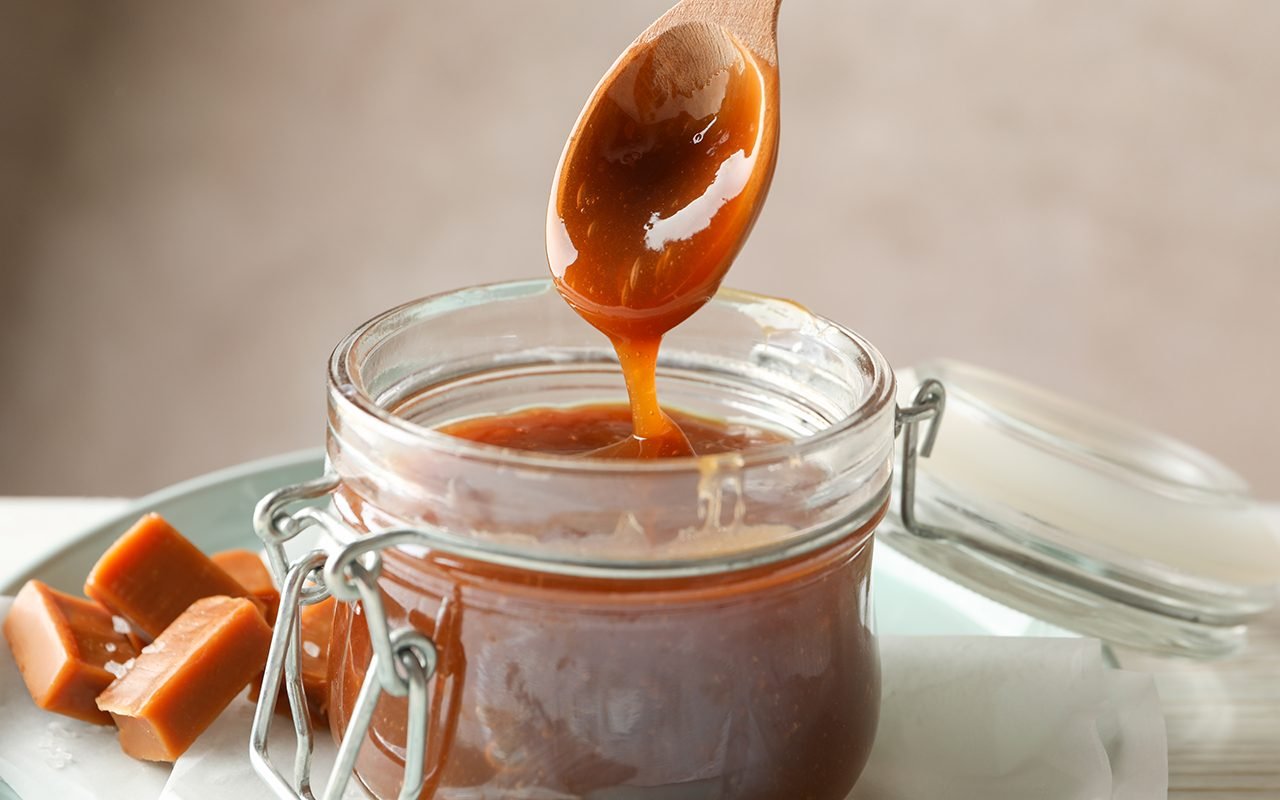


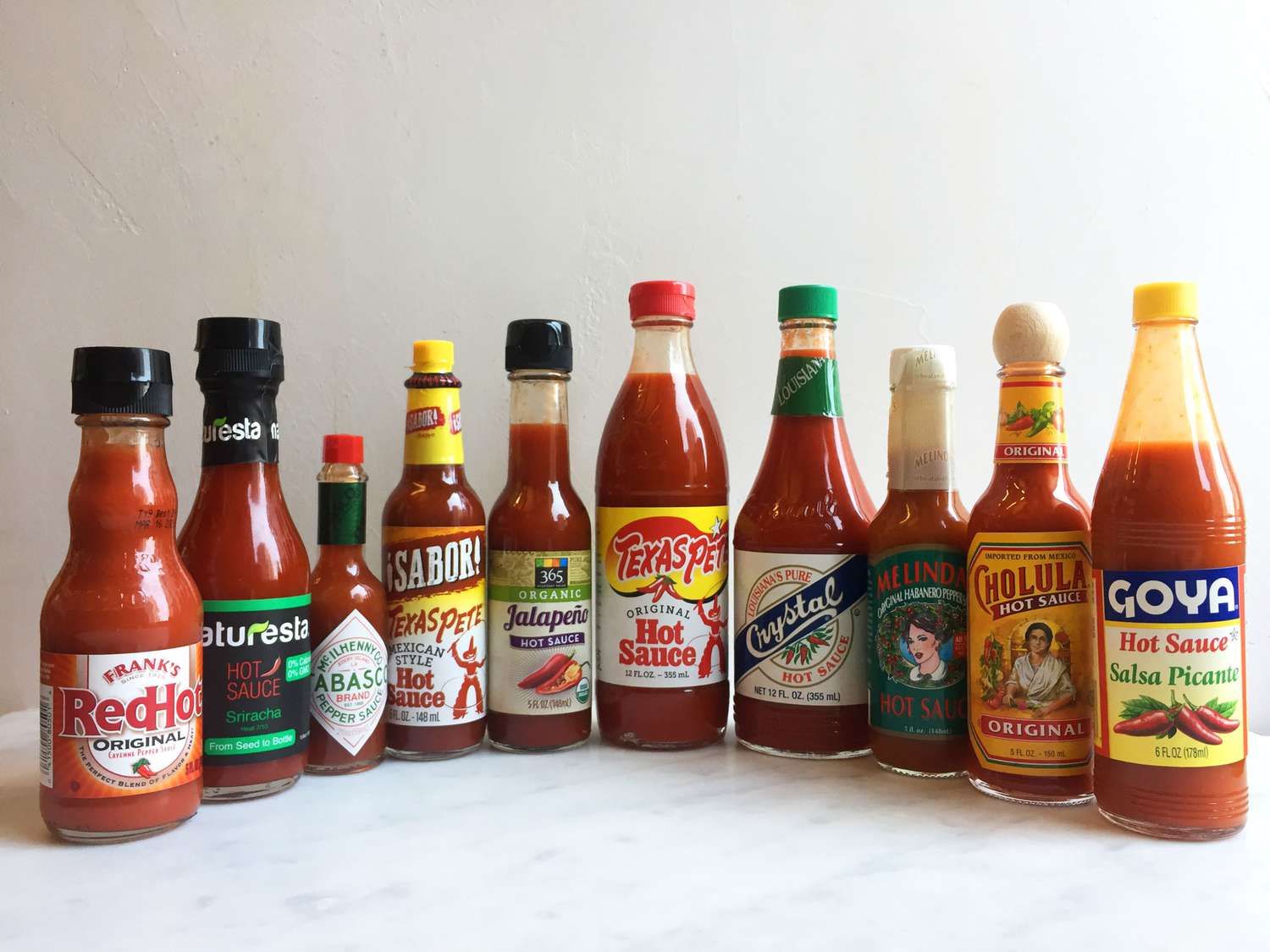
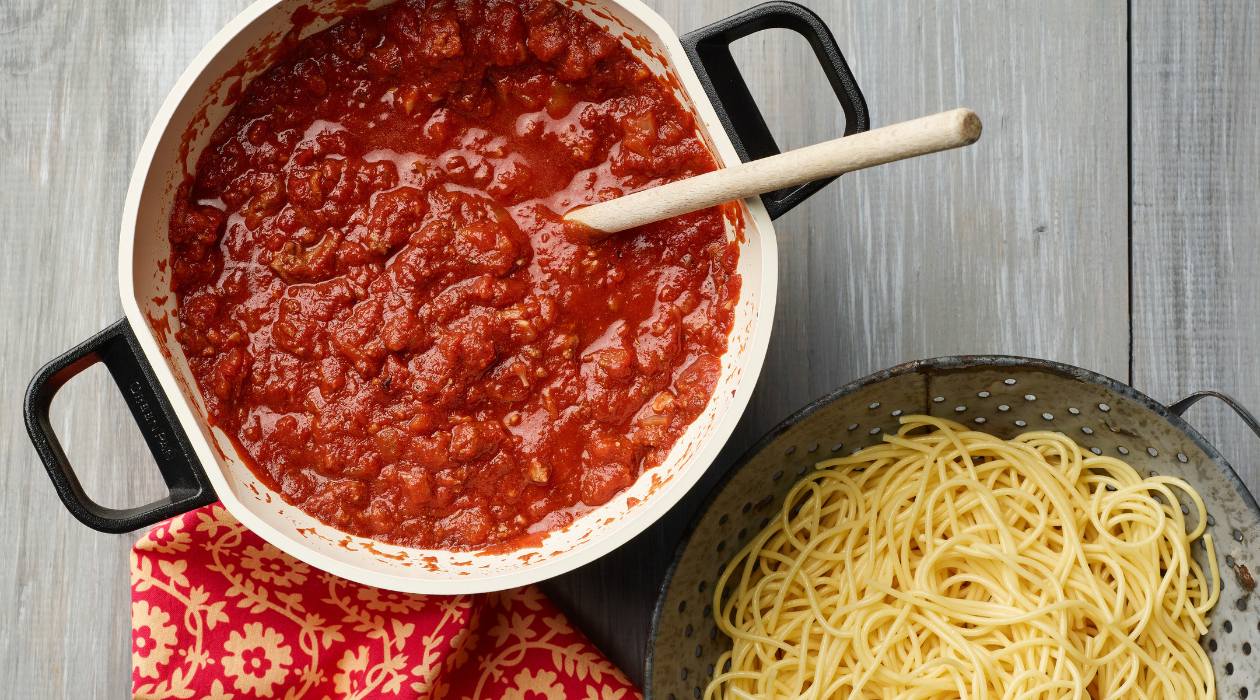

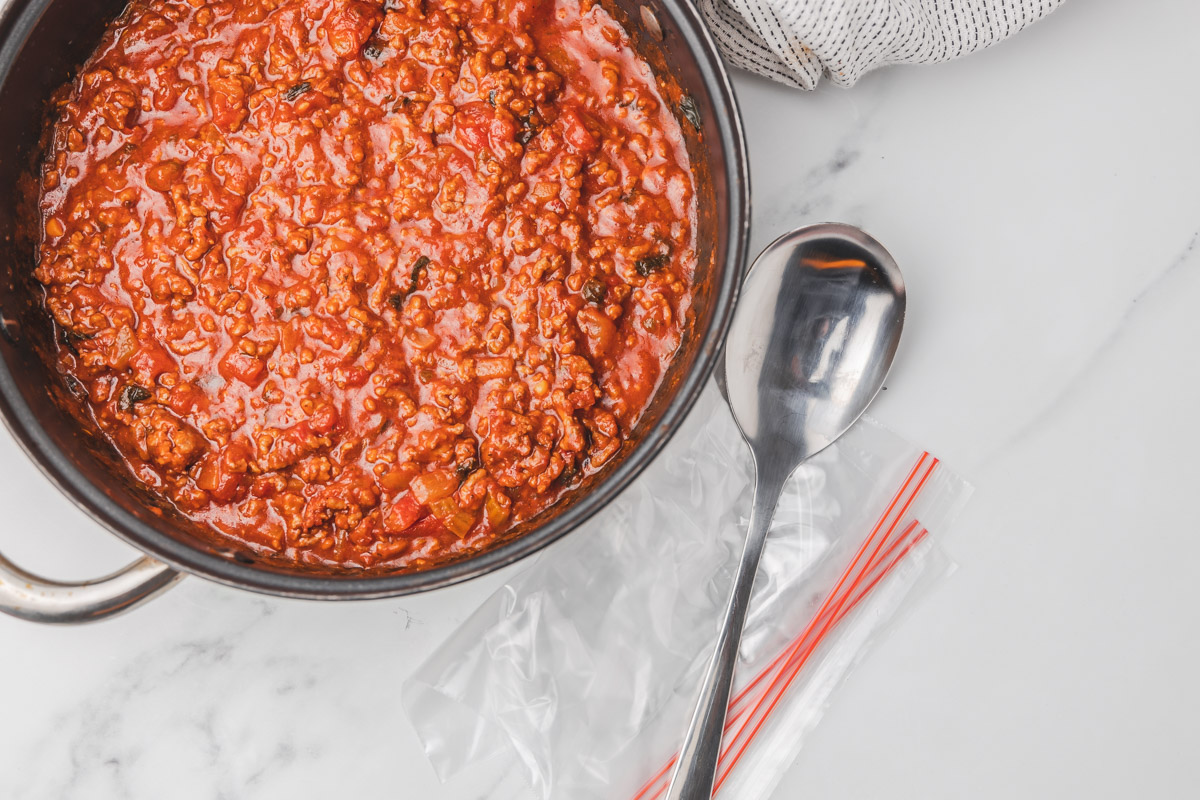
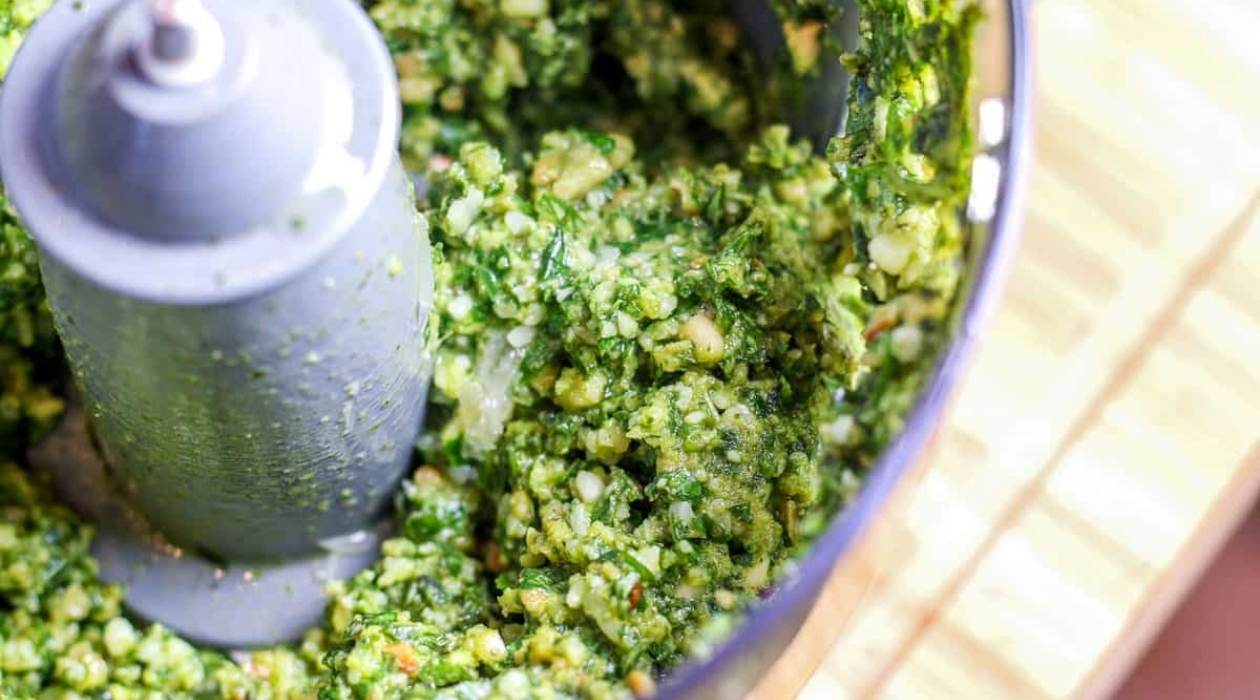

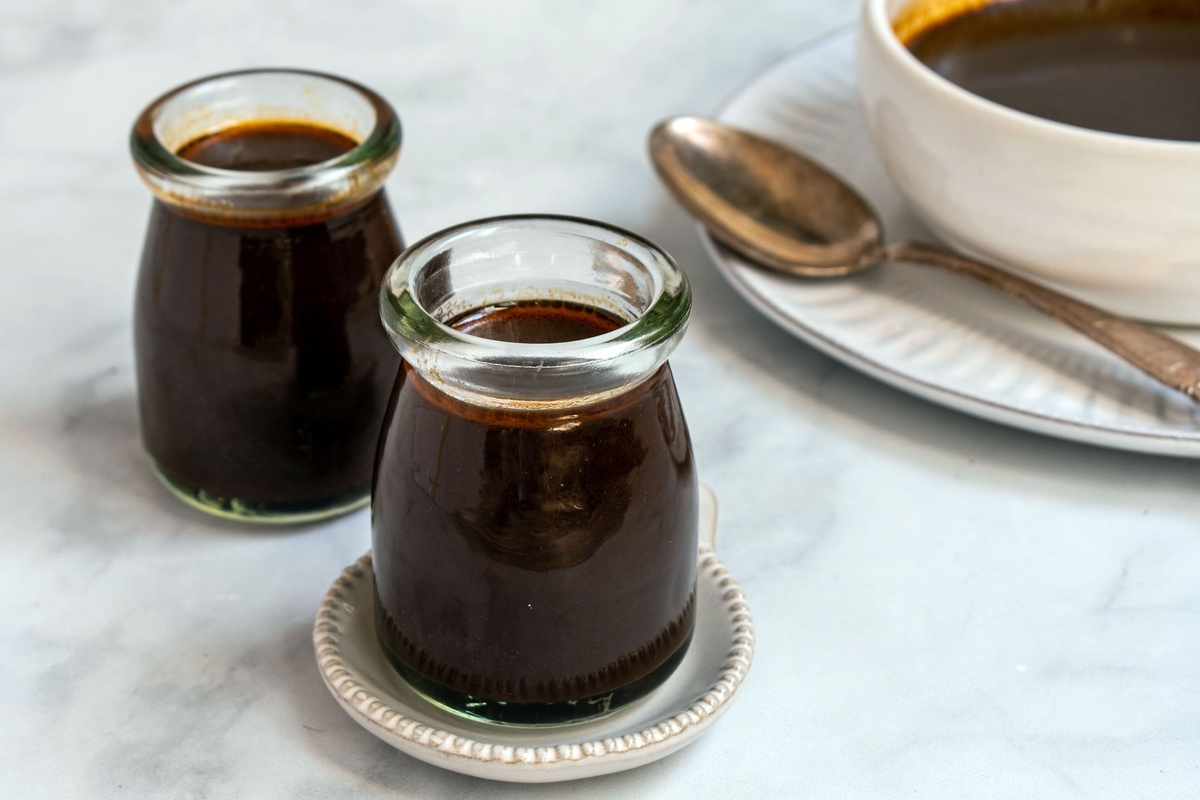
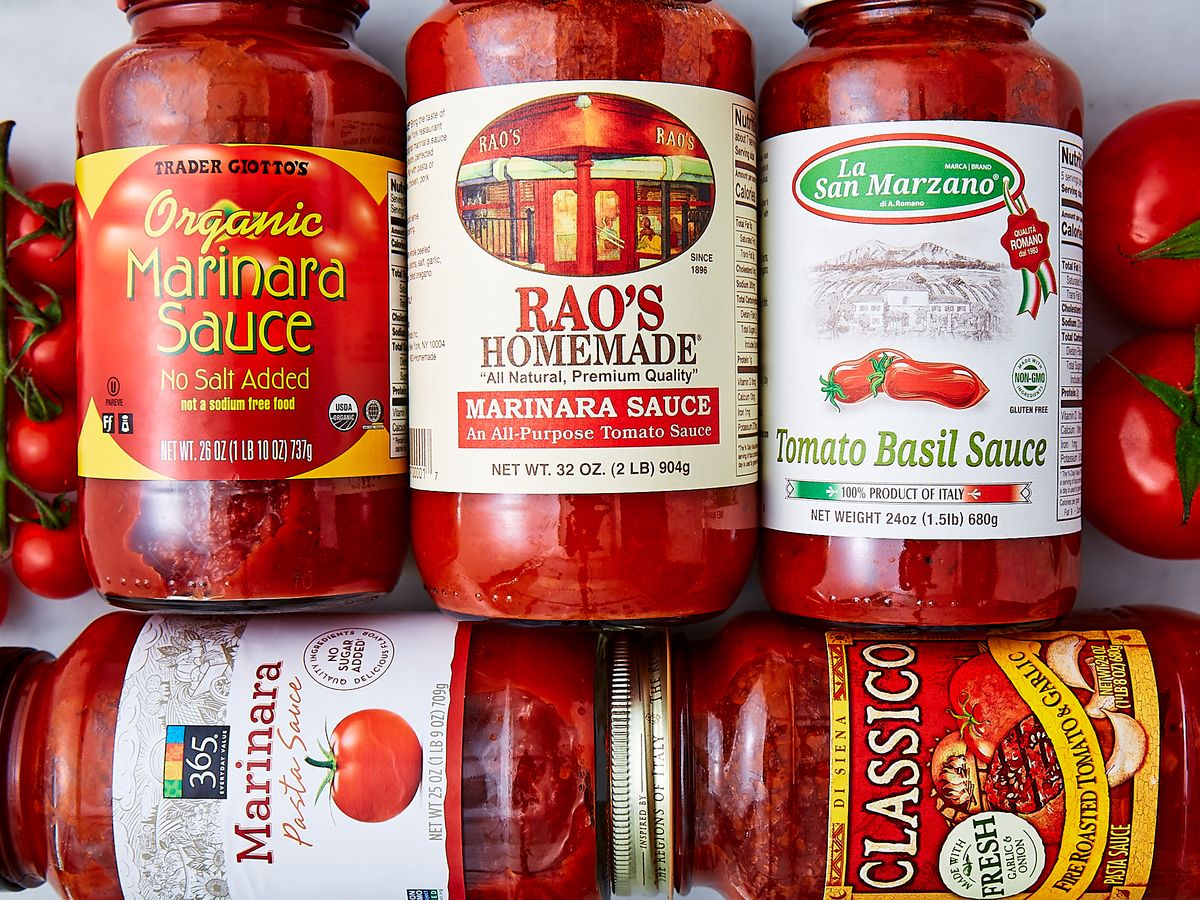
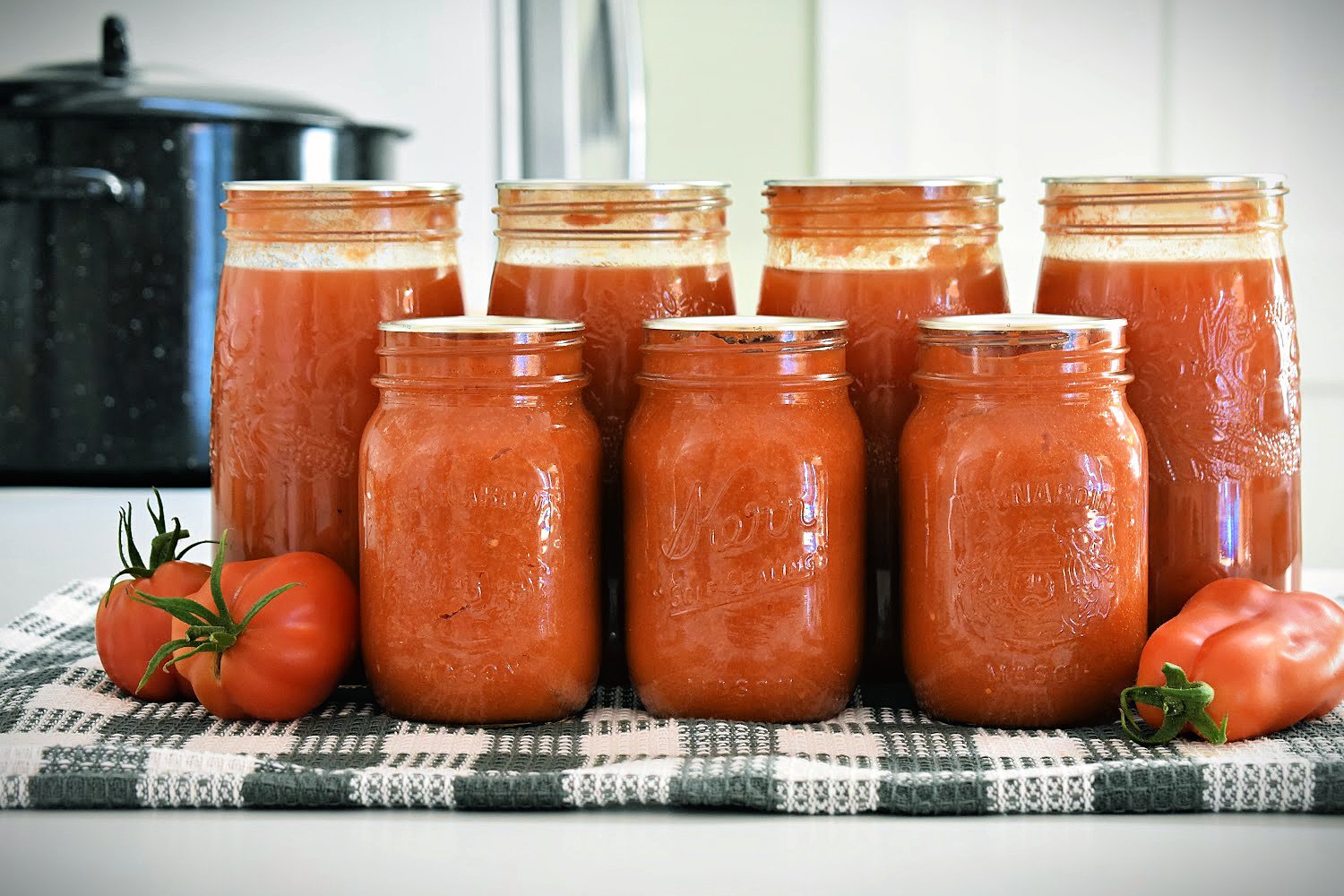
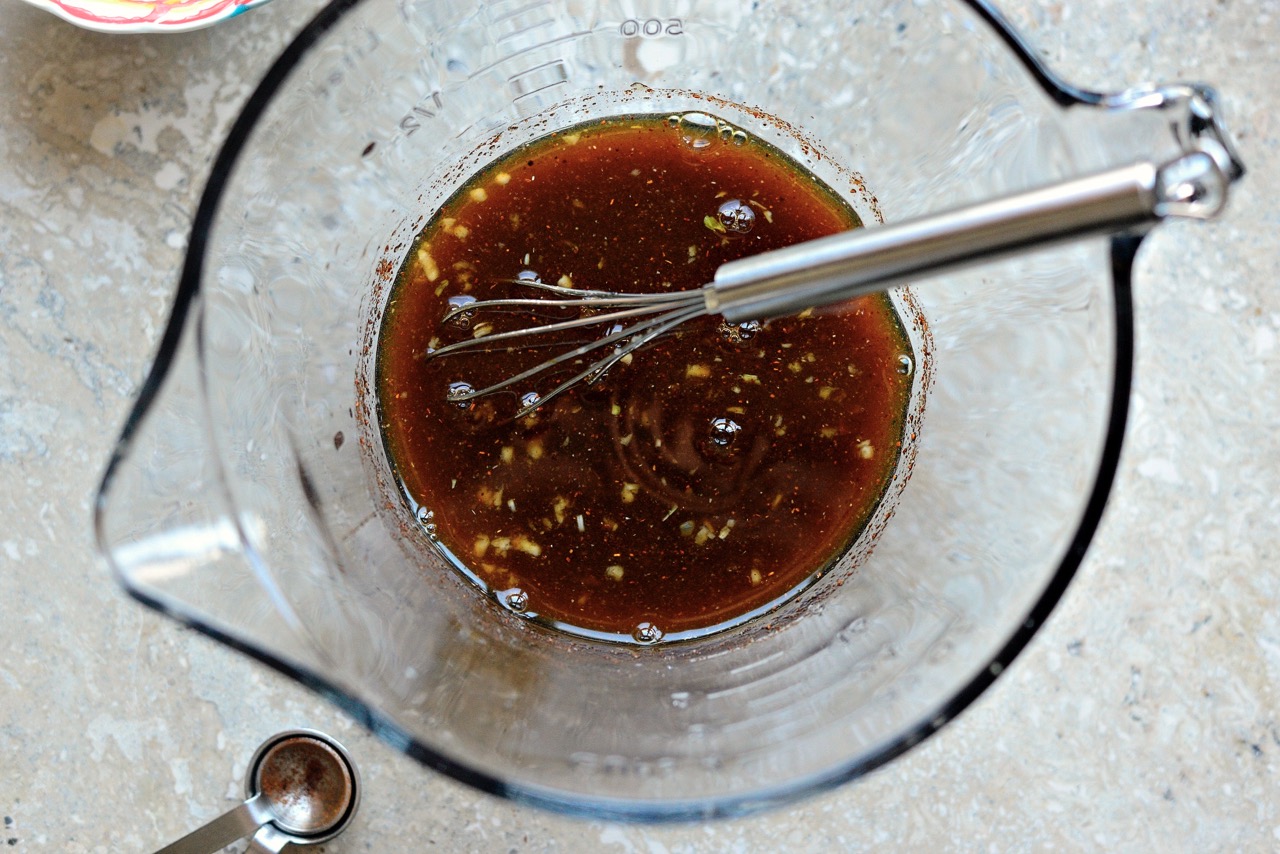
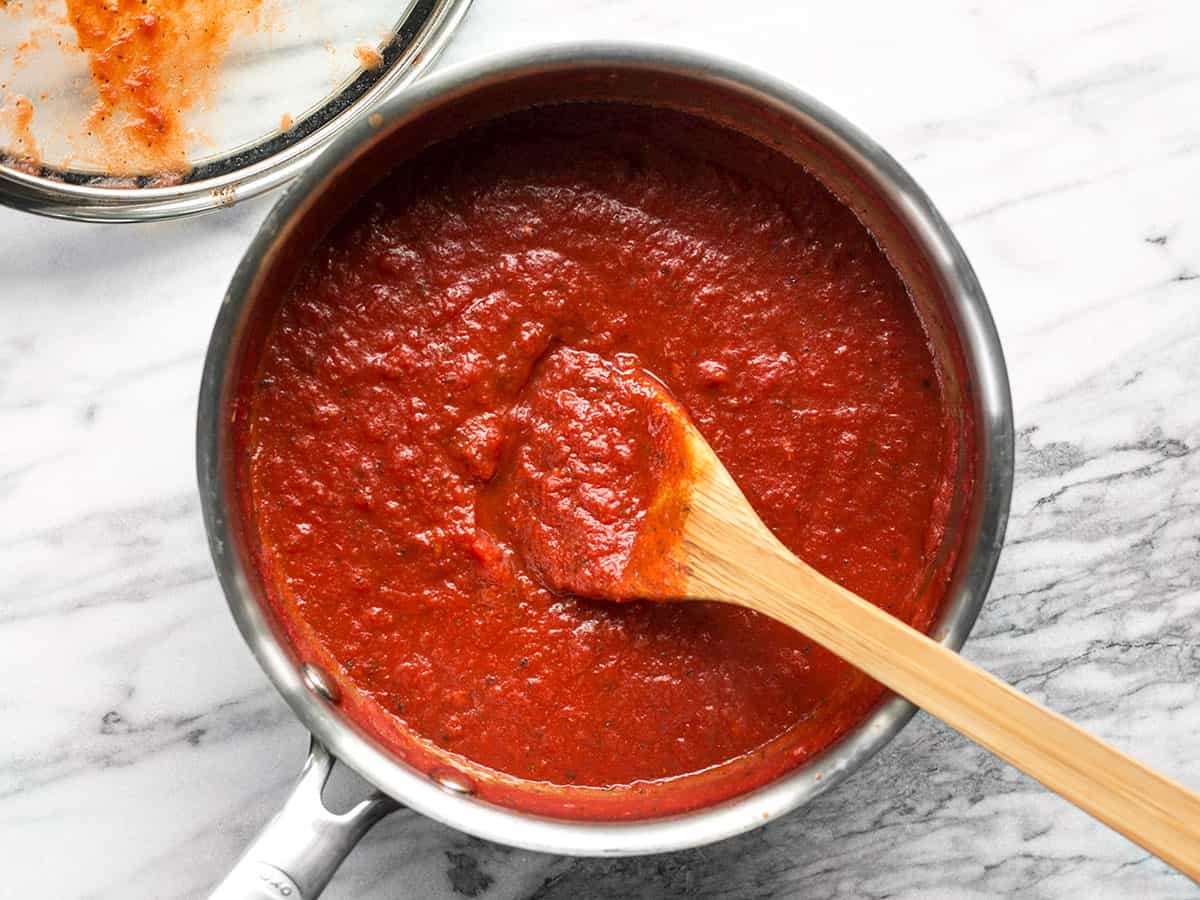

0 thoughts on “How To Store Sauce In The Freezer”